Steven Spielberg is one of the greatest working directors. He is a filmmaker that has defined generations of cinema. Writer Arthur Ryel-Lindsey might have been a bit sarcastic when he declared that “Steven Spielberg is American culture,” but there is some truth to that sentiment. Depending on whom you ask, Spielberg is “the defining American populist of his generation,” “possibly the greatest American director,” or even simply “synonymous with cinema.”
Spielberg defined populist cinema, coming up with the “Movie Brat” generation that defined and shaped the New Hollywood of the 1970s. Filmmakers like Brian DePalma, Martin Scorsese, and Francis Ford Coppola reshaped what was possible within studio filmmaking, pushing away from the old assembly line productions in favor of something different. Spielberg’s contributions were particularly striking. Jaws is frequently credited with kickstarting the modern blockbuster trend.
Spielberg was one of the few of his generation to survive the collapse of New Hollywood, largely by leaning into his populist tendencies, following the poorly received 1941 with the crowd-pleasing Raiders of the Lost Ark. Spielberg spent the first few decades of his career balancing his blockbuster credibility with more earnest fare, following Indiana Jones and the Temple of Doom with The Color Purple and Empire of the Sun with Indiana Jones and the Last Crusade.
This approach is similar to the classic “one for them, one for me” model, where directors would balance the demands of commercial movie-making with their own esoteric interests by alternating between financially viable films and personal passion projects. That’s not exactly the distinction for Spielberg, whose “smaller” projects were frequently successful box office draws. It’s impossible to imagine any other director making The Color Purple the fourth highest-grossing film of its year.
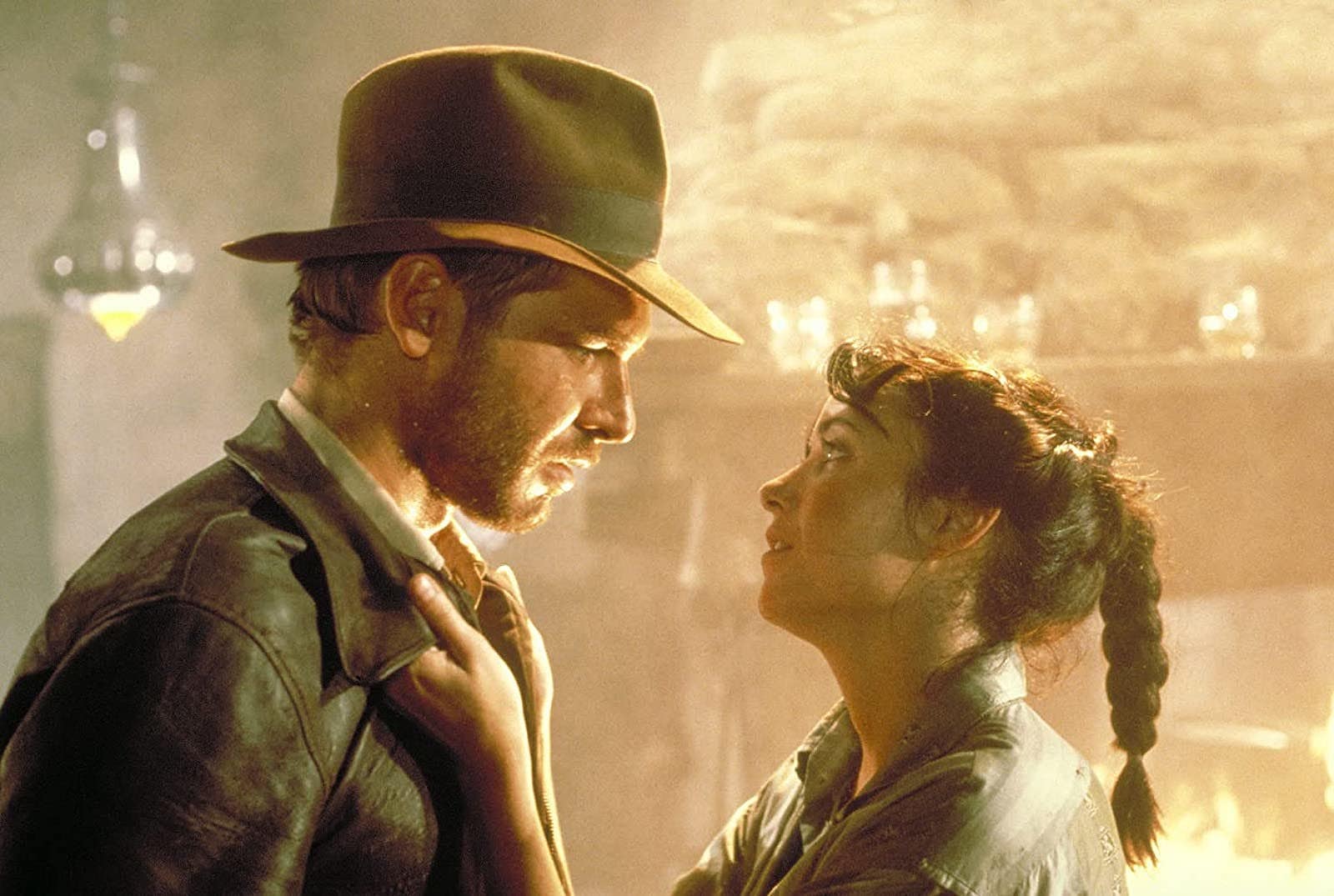
These competing aspects of Spielberg’s persona are part of what makes him so compelling. A prolific director, Spielberg will often release two films in the same year, designed for different audiences. In the 1980s and 1990s, he paired populist hits with potential awards contenders: Indiana Jones and the Last Crusade and Always in 1989, Jurassic Park and Schindler’s List in 1993, The Lost World: Jurassic Park and Amistad in 1997. Maybe genius really is balancing two competing ideas simultaneously.
There’s a similar competing impulse in Spielberg’s later career. In many ways, the turning point came after the director won his second Best Director Oscar for his work on Saving Private Ryan. Spielberg had chased the Oscar for decades, with perceived “snubs” for both The Color Purple and Empire of the Sun. However, winning a second trophy within a decade put Spielberg in rare company. (Only John Ford, Frank Capra, and William Wyler have more than two Best Director trophies.)
After Steven Spielberg won his second award, there was a clear shift in his work that roughly coincided with the turn of the millennium. At the most superficial level, even Spielberg’s populist blockbusters like Minority Report and War of the Worlds became appreciably darker. While many commentators (including Spielberg himself) have argued that the shift was a response to 9/11, it was also perceptible in A.I. Artificial Intelligence, released a few months before the attacks.
Early in his career, Steven Spielberg was resistant to introspection. Asked in 2002 whether his films reveal anything about him, Spielberg admitted to CNN that he was not “so articulate about who (he is), vis-a-vis any of (his) movies that (he) can give you a real solid answer to that question.” However, recent years suggest Spielberg has changed. His decision to take part in Susan Lacy’s 2017 documentary about his films marked such a departure for the director that he jokingly described it as “therapy.”
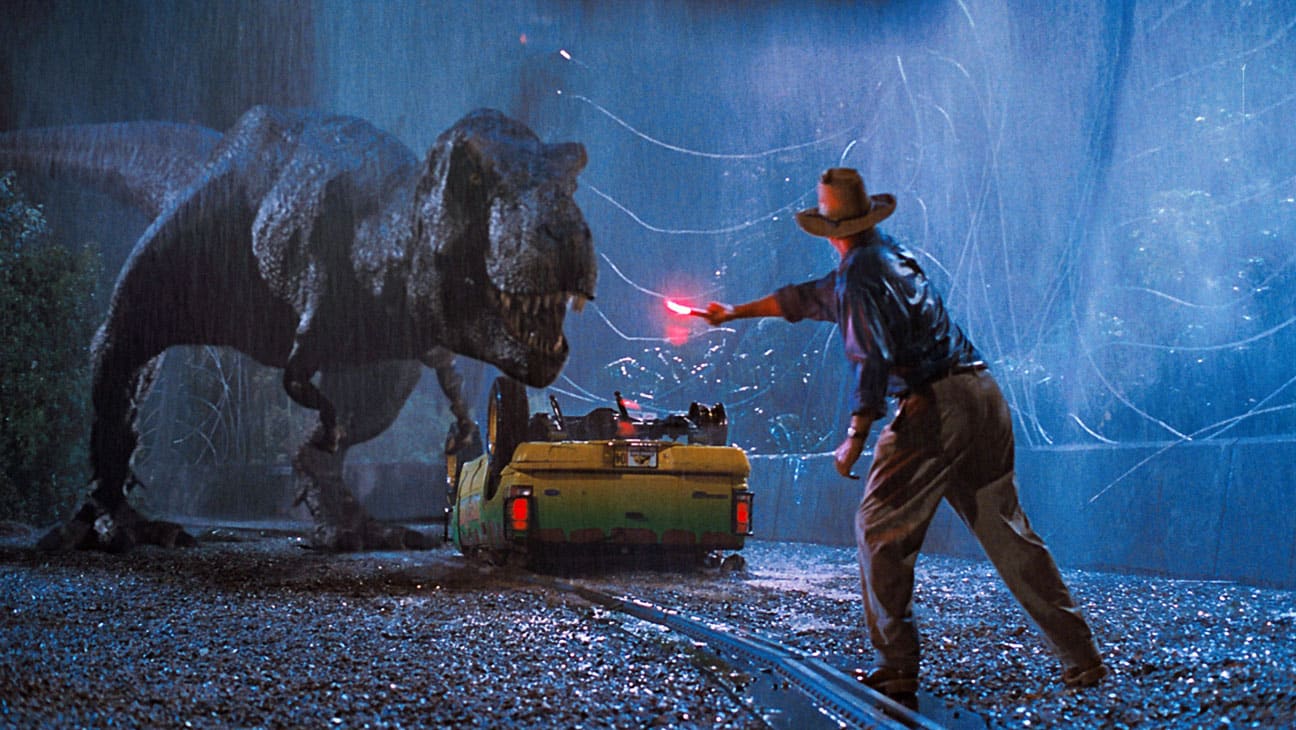
If the earlier films in Spielberg’s career can be reductively delineated into two parallel strands of crowd-pleasing blockbusters and more earnest prestige pictures, then there is a similar split in his more recent output. Spielberg is still “doubling up” would-be blockbusters with recognizable prestige plays: Minority Report and Catch Me If You Can in 2002, War of the Worlds and Munich in 2005, and The Adventures of Tintin and War Horse in 2011. Had Ready Player One not been pushed back, it would have doubled up with The Post.
However, there is a subtle distinction. Whereas Spielberg’s older prestige fare tended to be more earnest historical dramas like Empire of the Sun or Schindler’s List, his more recent prestige pictures feel decidedly nostalgic in terms of genre and technique. War Horse was Spielberg’s love letter to John Ford, evoking everything from How Green Was My Valley to The Searchers. The Post was a companion piece to 1970s dramas like All the President’s Men.
This is obvious with Spielberg’s most recent film, West Side Story. Spielberg has been open about his long-gestating desire to make a musical, acknowledging his hopes to put his stamp on the classic genre as early as a 2004 interview with Total Film. His reluctance to commit to making a musical till now makes a certain amount of sense though. Many of his New Hollywood contemporaries ran aground when they tried to put their stamp on the genre, with (often career-derailing) flops like Scorsese’s New York, New York, DePalma’s Phantom of the Paradise, or Francis Ford Coppola’s One from the Heart. Spielberg was too canny to take that risk in his early career. So it makes sense that he should return to it as an elder statesman.
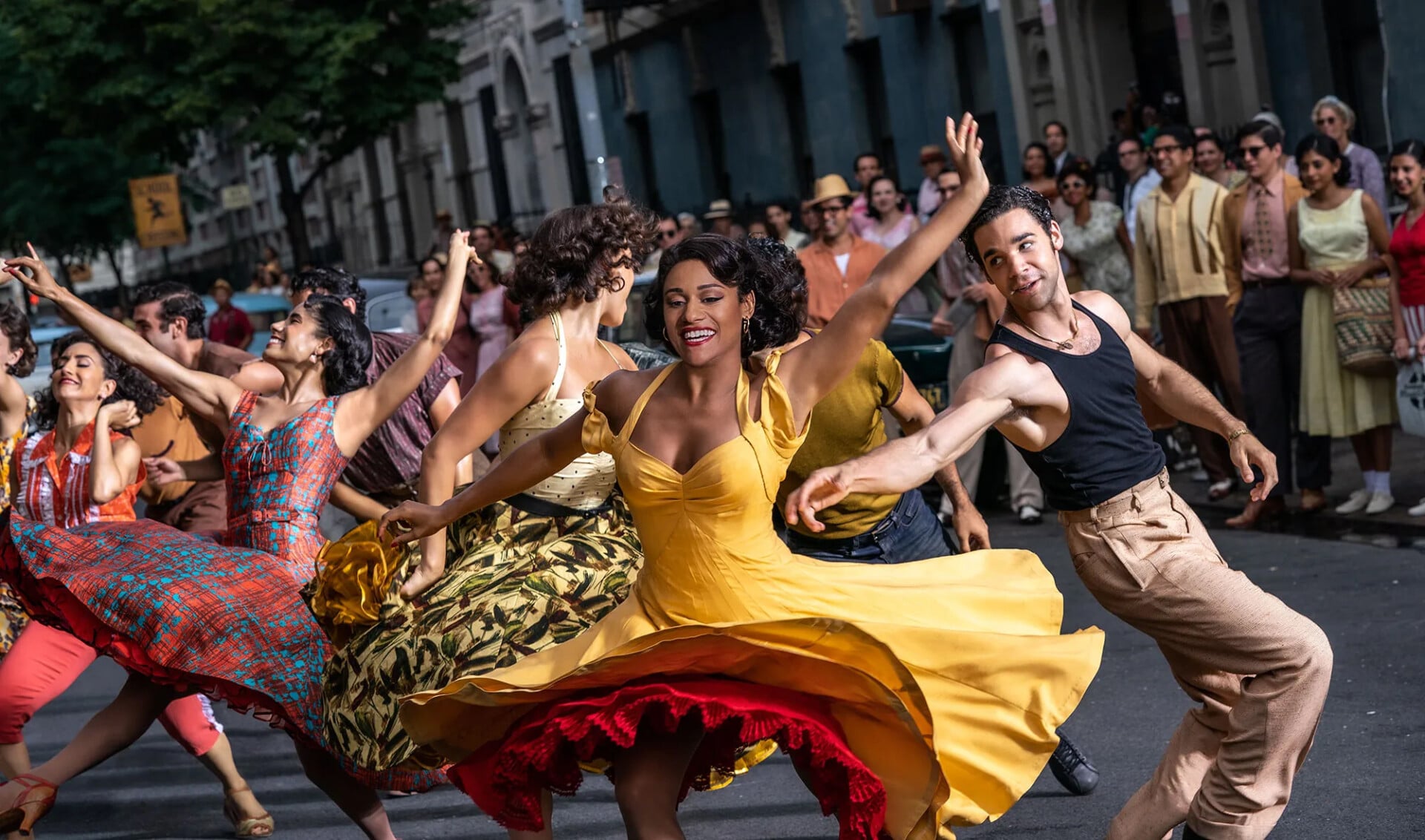
There’s a strong nostalgic and even funereal atmosphere to Spielberg’s recent prestige pictures. It isn’t simply that these movies are set in the past; they often belong to particular genres that don’t really exist in modern cinema. Notably, Catch Me If You Can, The Post, and West Side Story are all set in times that Spielberg is old enough to remember. The narratives often focus on a loss of innocence, whether a boy learning how the world really works, a nation learning of a profound betrayal, or doomed first love.
West Side Story is framed to remind audiences that these kinds of movies don’t really exist anymore. While the 1961 screen adaptation unfolded primarily on expansive studio backlots, Spielberg understands that those spaces don’t really exist any longer. The film opens with a long pan over piles of rubble as the neighborhood is demolished, and it closes amid the ruins of the world inhabited by these characters. All is change, all is loss. The world of West Side Story is a memory.
It should be noted that movies like John Ford’s westerns and the classical MGM musicals were displaced by the New Hollywood generation, as the studio system gave way to young auteurs like Spielberg and Scorsese. It is perhaps no wonder that the long opening shot of West Side Story comes to rest on the giant wrecking ball that presumably laid waste to what once stood in this spot. For better and for worse, Spielberg was a similar sort of wrecking ball.
In recent years, Spielberg has talked at length about shifts within the movie industry. In 2013, he opined that Hollywood’s dependence on big-budget blockbusters would lead to “an implosion – or a big meltdown.” He reiterated those fears two years later, speculating that the superhero blockbuster would go “the way of the Western.” In 2019, Spielberg voiced his anxieties about the encroachment of streaming services into Hollywood but would sign a deal with Netflix two years later.
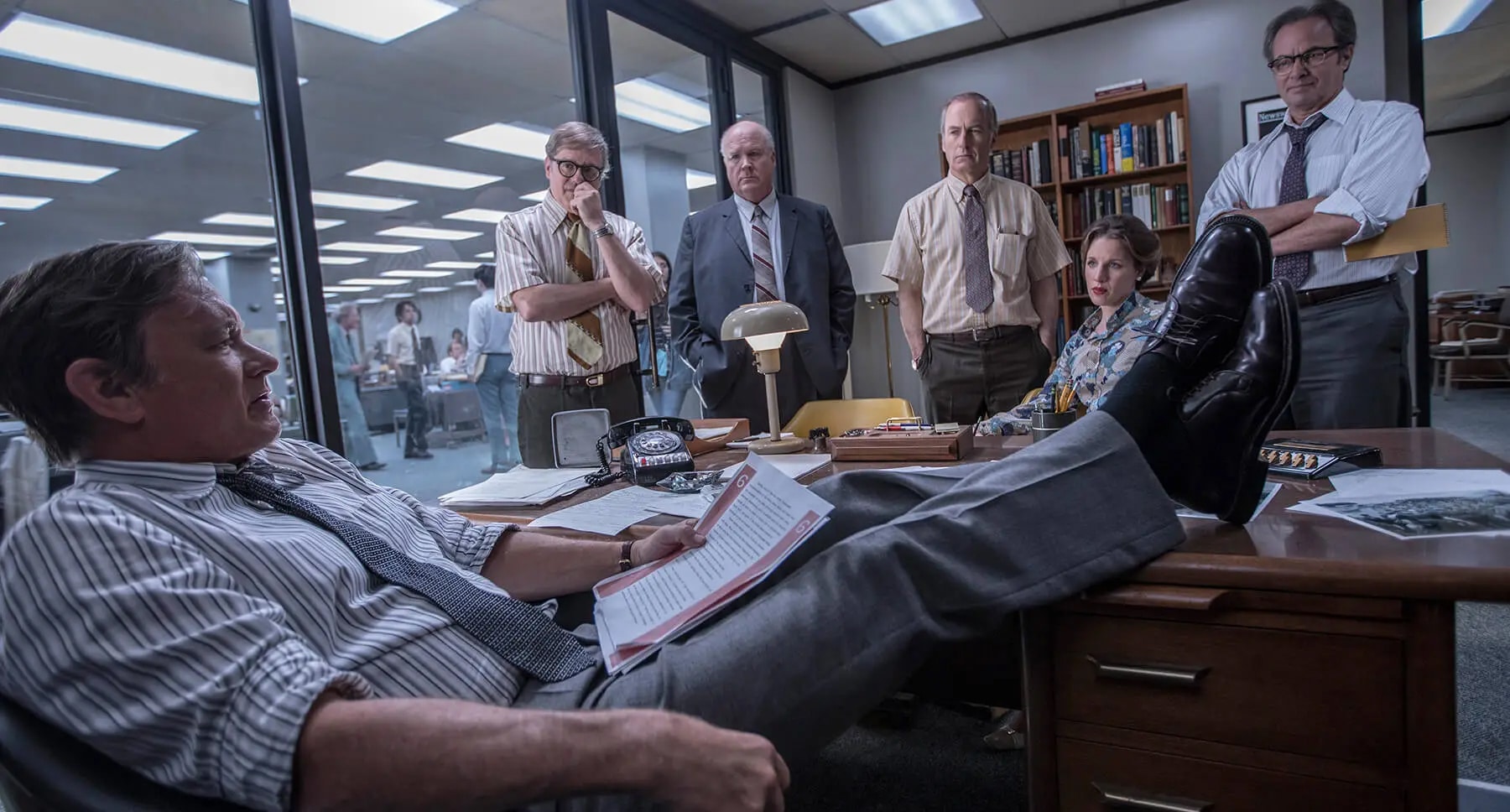
With this in mind, it’s notable that Spielberg’s more recent attempts at populist fare feel like a director trying to understand the state of the medium. In his youth, Spielberg set trends. In his later years, Spielberg seems to chase them. The Adventures of Tintin found Spielberg gleefully playing with modern motion-capture techniques. Ready Player One often feels like a director attempting to understand the modern obsession with intellectual property and fan service.
The modern blockbuster age is a direct result of the success of movies like Jaws and Raiders of the Lost Ark, alongside George Lucas’ Star Wars. Spielberg’s Indiana Jones and the Last Crusade was part of the “Summer of Sequels” in 1989, one of the defining blockbuster summers. With all that in mind, it makes sense that critic David Ehrlich should describe Ready Player One as the work of “an artist who’s reflecting on his works and despairing over what they’ve wrought.”
Perhaps there is some of Steven Spielberg in Ready Player One character James Halliday, played by frequent late Spielberg collaborator Mark Rylance. Halliday created the virtual “Oasis” to celebrate what he loved, only to see it evolve beyond his control and become increasingly commercialized. Ready Player One seems openly mournful in considering what this visionary built. The movie’s biggest change from the book is an ending that includes shutting the Oasis down on Tuesdays and Thursdays. Everybody needs a break.
This tension runs through so much of Spielberg’s later filmography. A.I. Artificial Intelligence is best understood as Spielberg interrogating his role in shaping modern blockbusters. The robot child David (Haley Joel Osment) is capable of imitating human behavior, but never understanding it. He can never grow up or mature. He is fixated on simple directives. He doesn’t serve any purpose beyond reflecting his owner’s love back on to them.
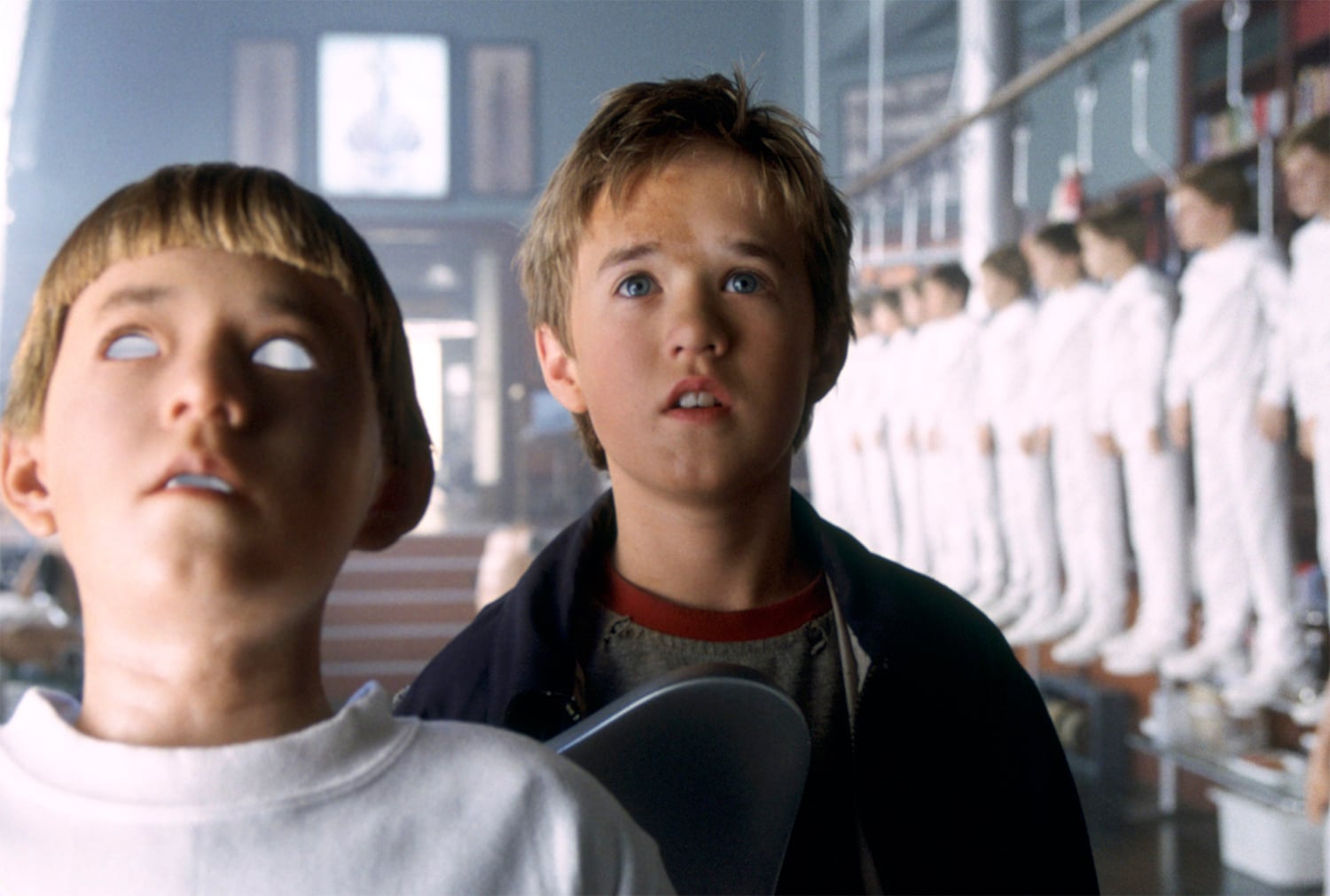
A child who never grows up and powered by a facsimile of human emotion, David is perhaps a brutally cynical metaphor for the impulses that drive the worst trends in modern movie-making. A.I. Artificial Intelligence ends with David living in a replica of his childhood home, sacrificing the thing itself for the nostalgic simulacra of it. However, Spielberg implicates himself in this criticism of hollow nostalgia and lifeless recreation.
A.I. Artificial Intelligence repurposes familiar Spielberg imagery as the stuff of nightmares. The moon that so beautifully symbolized freedom in E.T. the Extra-Terrestrial becomes a trap used by “the Flesh Fair” to ensnare wandering robots. Frozen in ice, David’s face approximates Spielberg’s iconic look of wonder, wearing it as “a death mask.” Even the formatting of the title of A.I. Artificial Intelligence is pointedly similar to E.T. the Extra-Terrestrial, with an abbreviation and no colon.
Like any successful director at that point in his career, Spielberg has spent the last couple of decades trying to understand his own legacy and his own impact. From A.I. Artificial Intelligence onwards, Spielberg seems caught between trying to understand the blockbuster landscape that he helped to create through films like Ready Player One and using his influence to celebrate the kinds of films that his generation helped to displace through films like West Side Story.
Steven Spielberg has always been a director with the power to awe audiences. In his younger years, that talent pushed towards wonder. As he’s gotten older, it feels more tempered by concern.

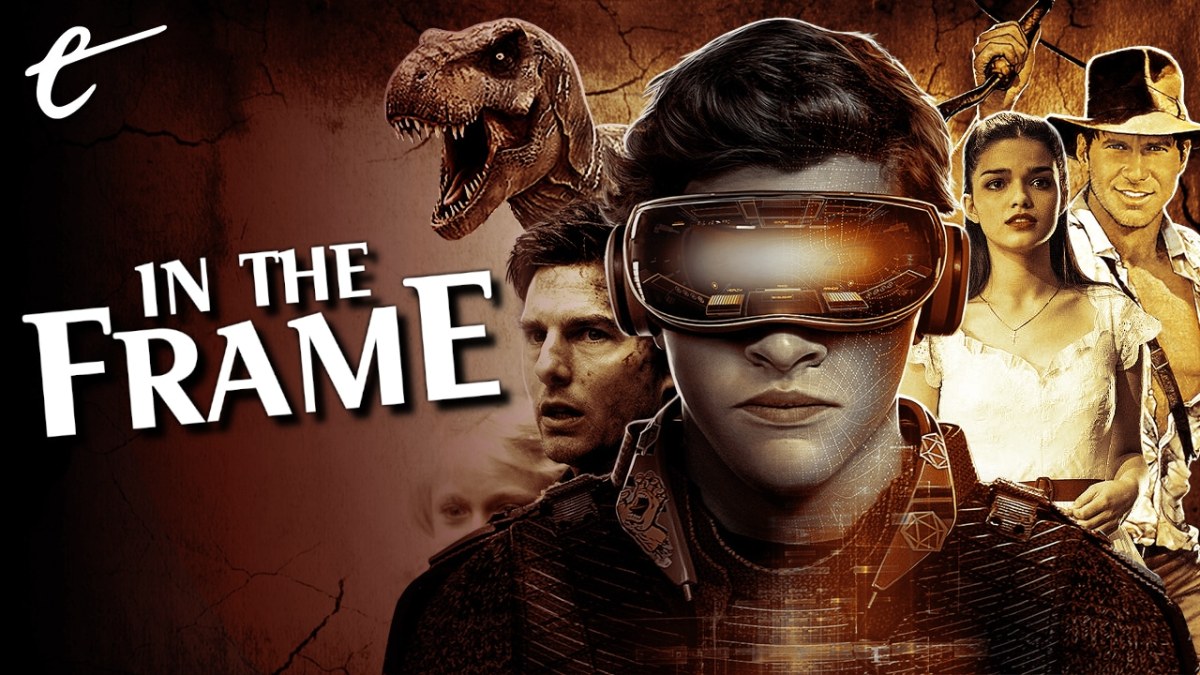




Published: Dec 3, 2021 11:00 am